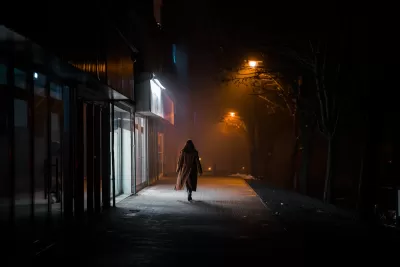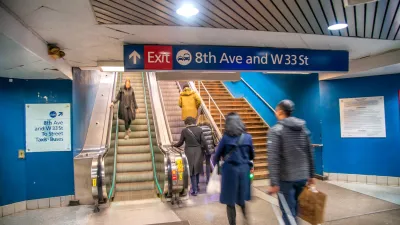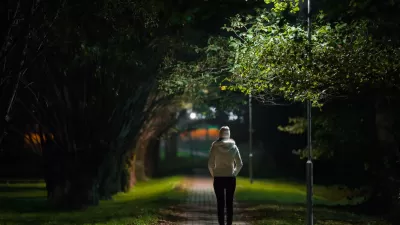For women and other vulnerable groups, navigating the urban space can be fraught with real and perceived dangers.

In an article in The Conversation, Rebecca Wickes describes five methods for making cities safer for women that go beyond just improved lighting and surveillance.
According to research, “Women are keen to see digital interventions across both day and night-time,” particularly real-time transit information and wayfinding. Women also want inclusion in the planning and design process. “If done from the outset, co-design ensures the lived experiences of community members and with the issues faced by communities are factored in.”
Wickes also suggests ‘walking interviews,’ a type of survey that discusses safety and mobility issues while accompanying women on regular trips. “By accompanying women on foot and discussing specific locations, we get a holistic understanding about how women move through these public places, or avoid them, and why.” Similarly, “Understanding the way women perceive their communities is key to creating safer spaces.”
FULL STORY: Urban planning has long ignored women’s experiences. Here are 5 ways we can make our cities safer

Alabama: Trump Terminates Settlements for Black Communities Harmed By Raw Sewage
Trump deemed the landmark civil rights agreement “illegal DEI and environmental justice policy.”

Planetizen Federal Action Tracker
A weekly monitor of how Trump’s orders and actions are impacting planners and planning in America.

The 120 Year Old Tiny Home Villages That Sheltered San Francisco’s Earthquake Refugees
More than a century ago, San Francisco mobilized to house thousands of residents displaced by the 1906 earthquake. Could their strategy offer a model for the present?

In Both Crashes and Crime, Public Transportation is Far Safer than Driving
Contrary to popular assumptions, public transportation has far lower crash and crime rates than automobile travel. For safer communities, improve and encourage transit travel.

Report: Zoning Reforms Should Complement Nashville’s Ambitious Transit Plan
Without reform, restrictive zoning codes will limit the impact of the city’s planned transit expansion and could exclude some of the residents who depend on transit the most.

Judge Orders Release of Frozen IRA, IIJA Funding
The decision is a victory for environmental groups who charged that freezing funds for critical infrastructure and disaster response programs caused “real and irreparable harm” to communities.
Urban Design for Planners 1: Software Tools
This six-course series explores essential urban design concepts using open source software and equips planners with the tools they need to participate fully in the urban design process.
Planning for Universal Design
Learn the tools for implementing Universal Design in planning regulations.
Clanton & Associates, Inc.
Jessamine County Fiscal Court
Institute for Housing and Urban Development Studies (IHS)
City of Grandview
Harvard GSD Executive Education
Toledo-Lucas County Plan Commissions
Salt Lake City
NYU Wagner Graduate School of Public Service





























